- Staff
- #161
I don't get it. If GM knows and realizes the grounding is an issue then why don't they simply correct it? Make ground straps out of stainless steel and put them in several locations! That's probably what we all did. I know I did.
Follow along with the video below to see how to install our site as a web app on your home screen.
Note: This feature may not be available in some browsers.
Depending on the vehicle, Tesla warrants the battery for 8 years or 100/120/150K miles, but that is based on 70% available charge/range remaining. So in effect you're driving a car with constantly diminishing range. Somehow I don't think consumers would pay up for a gas-powered vehicle that would see continually worsening mileage or performance.Planned obsolescence. I believe all of the vehicles are rigged with what I call boobietraps, simple things that would fix a rig or keep it going, but the average Joe would in the manufactures eyes be more prone to go buy a new one. they saw their mistakes making rigs last 30+ years plus sharing the wealth of knowledge to us to fix them in our back yards and have slowly dwindled down their quality control and cheeping out on parts in hopes that the rigs won't even last 6-8 years now.
heck I wonder what their planned lifespan was for the High end Tesla. last I remember hearing is your lucky to get 100k out of one without major battery problems. and the battery costs more than the whole car!
There were issues with conductivity with stainless on Manitowoc cranes.I don't get it. If GM knows and realizes the grounding is an issue then why don't they simply correct it? Make ground straps out of stainless steel and put them in several locations! That's probably what we all did. I know I did.
Starting at 15:05 in this video, I could not perform the tests he did for the A and B circuits, or I could not get power across them.
I get 12.54v at the yellow arrows when grounded to the frame. In his video he's commanding A and B circuits at the red arrows and getting a test light to work when connected there. I can't replicate that, but he was using his diagnostic tool to make the commands. I would have to explain to my wife how to do that, then have her do it while I'm under the truck. I need to fab up some test lights with probes like his.
View attachment 79113
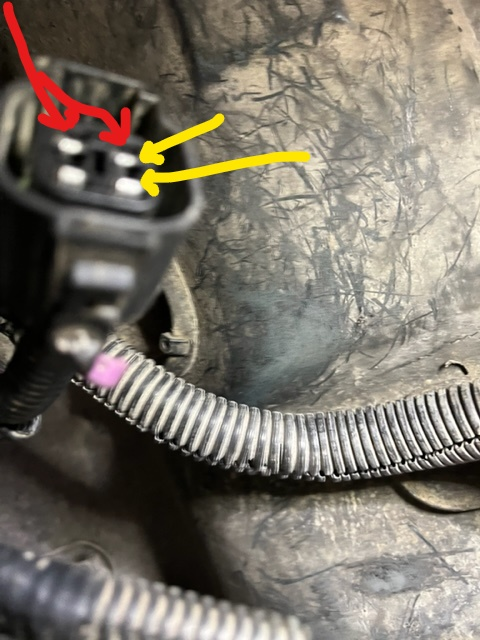
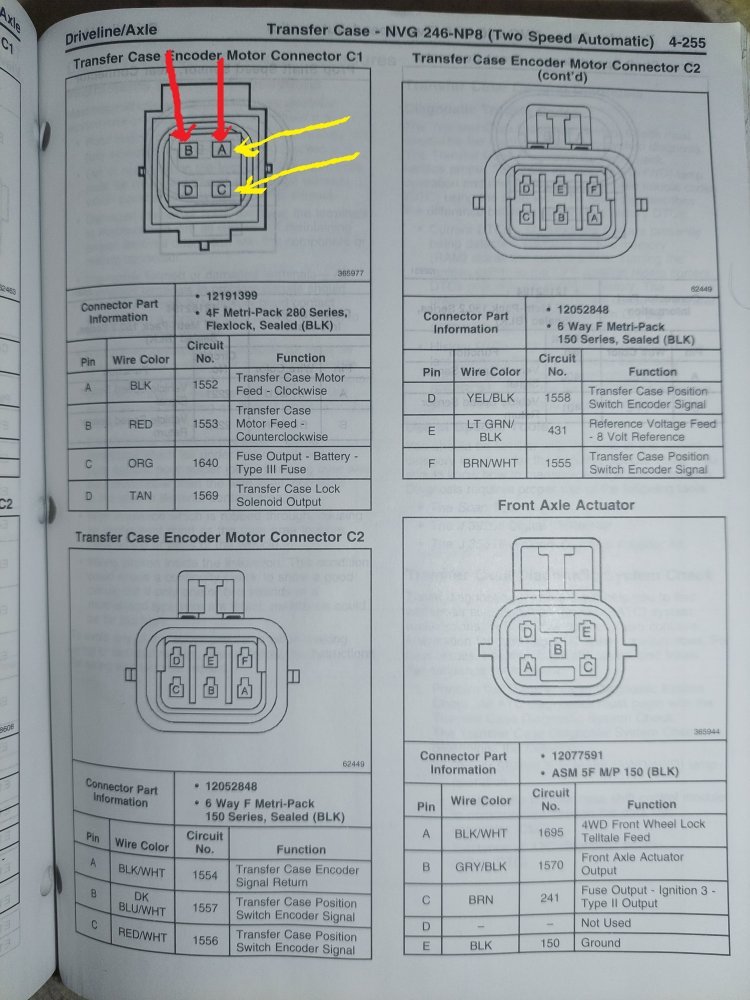
Or if it's not being energized due to a bad connection. The C131 connector is under the dash, in the wiring harness to the Active Transfer Case Control harness.
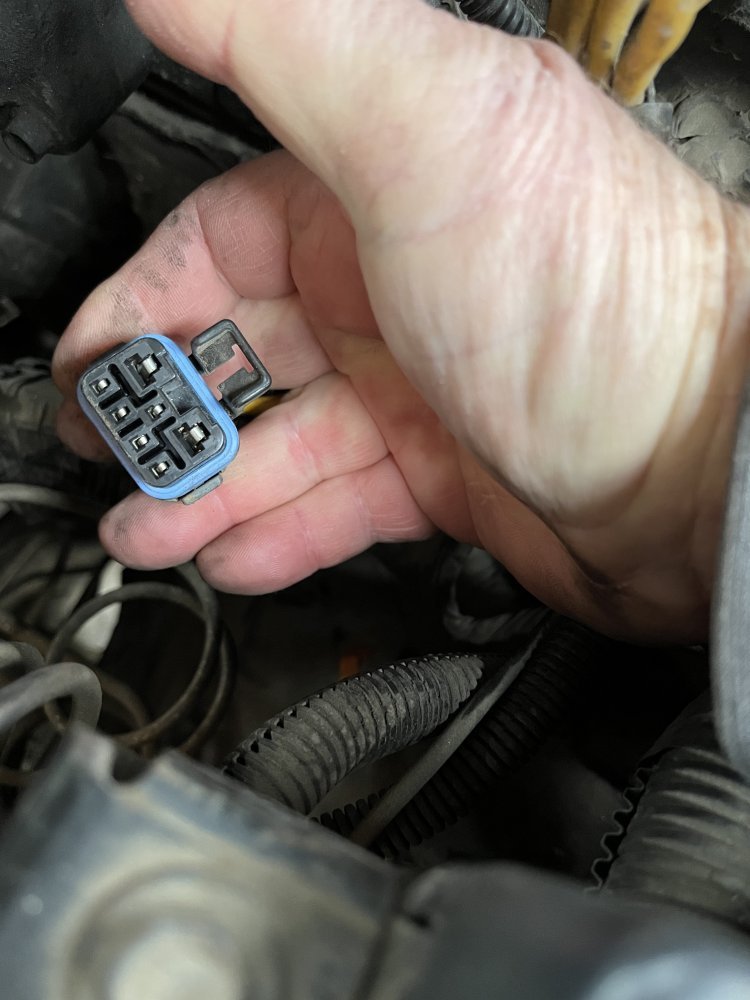
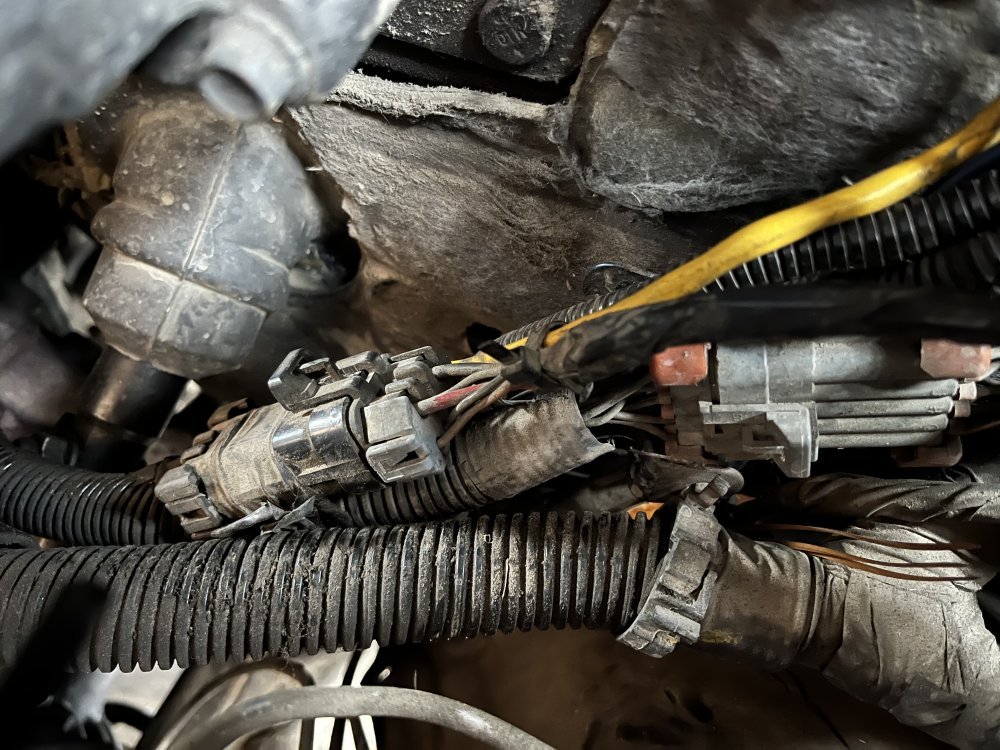
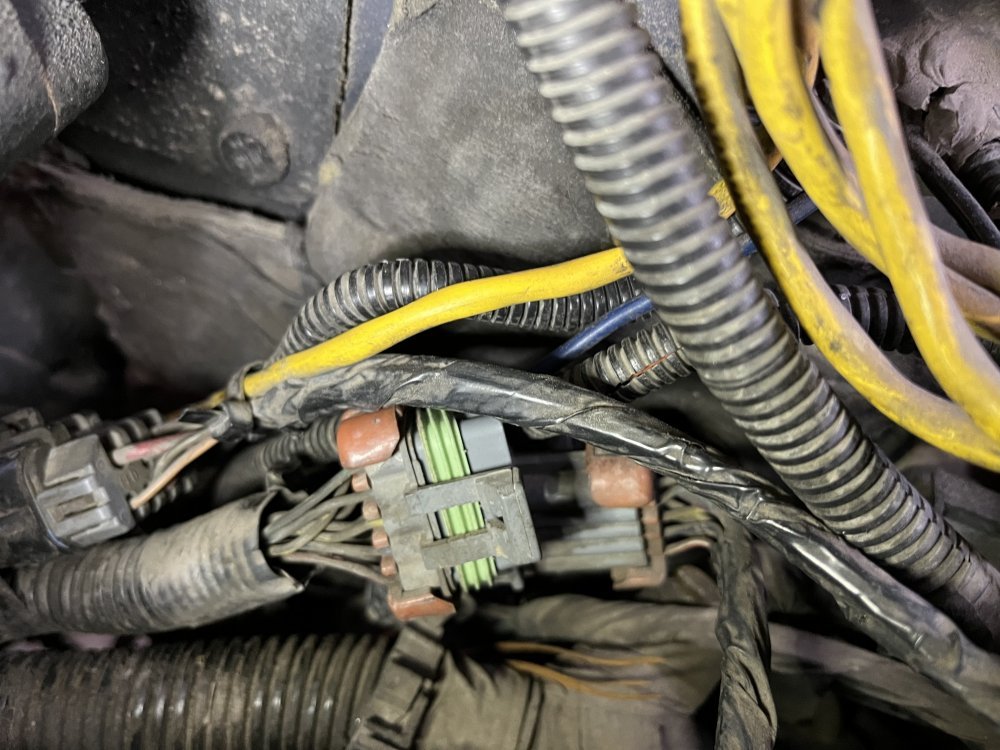
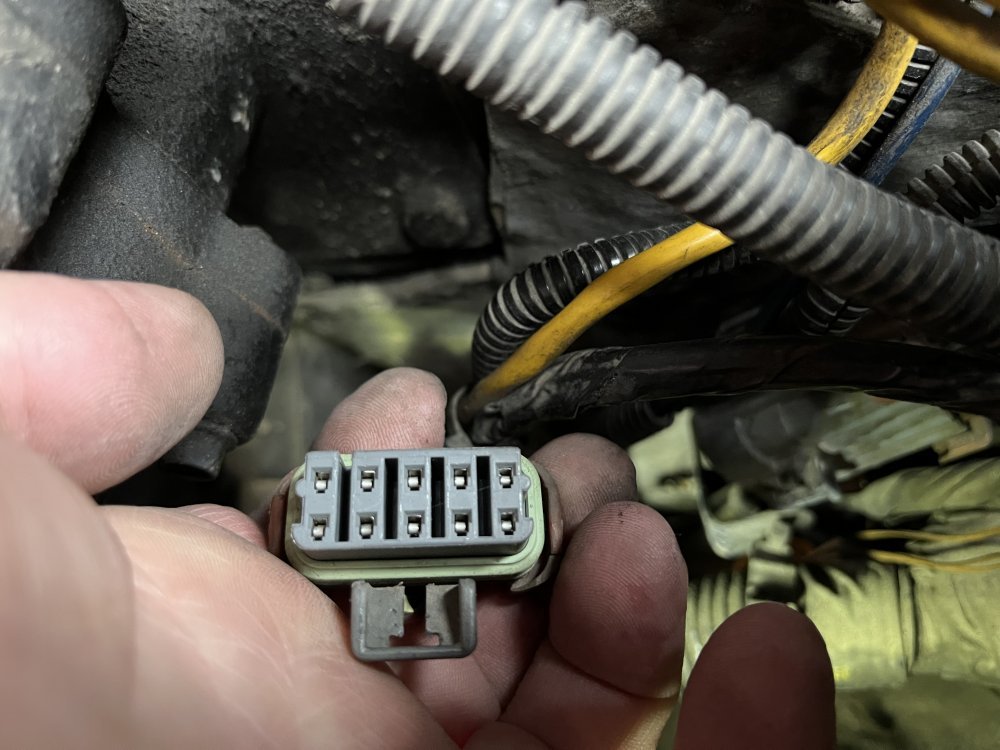
I dont know where voltage is coming in from.Maybe I'm doing this wrong?
I unplugged C131 and C132, one at a time and turned ignition on. Tested both sides of the plugs with the test meter, selector switch on 2Hi and 4Hi, using the red probe on the plug terminals and black on battery ground. I never got any voltage.
These plugs come from the engine harness going across the back of the engine. Where is the voltage coming from? The PCM?
Also, I have no idea how to conduct continuity tests. Do I have to touch the probes to either end of the harness run?